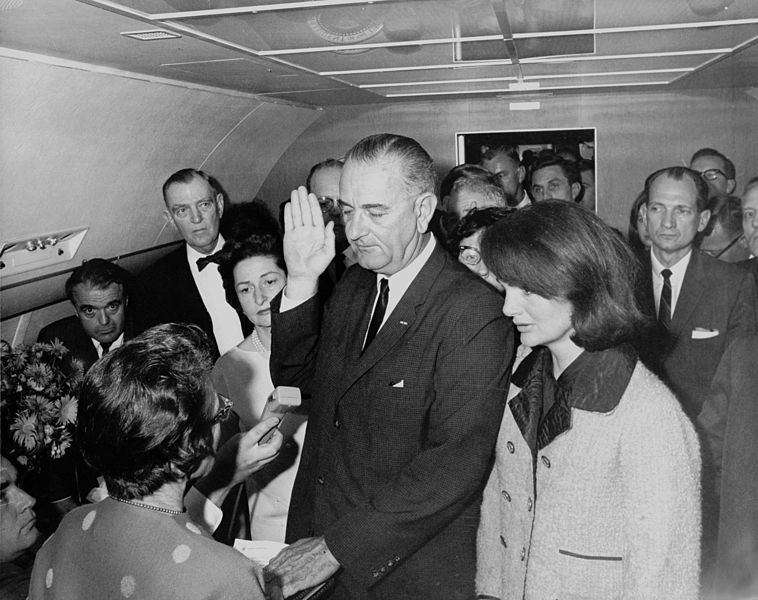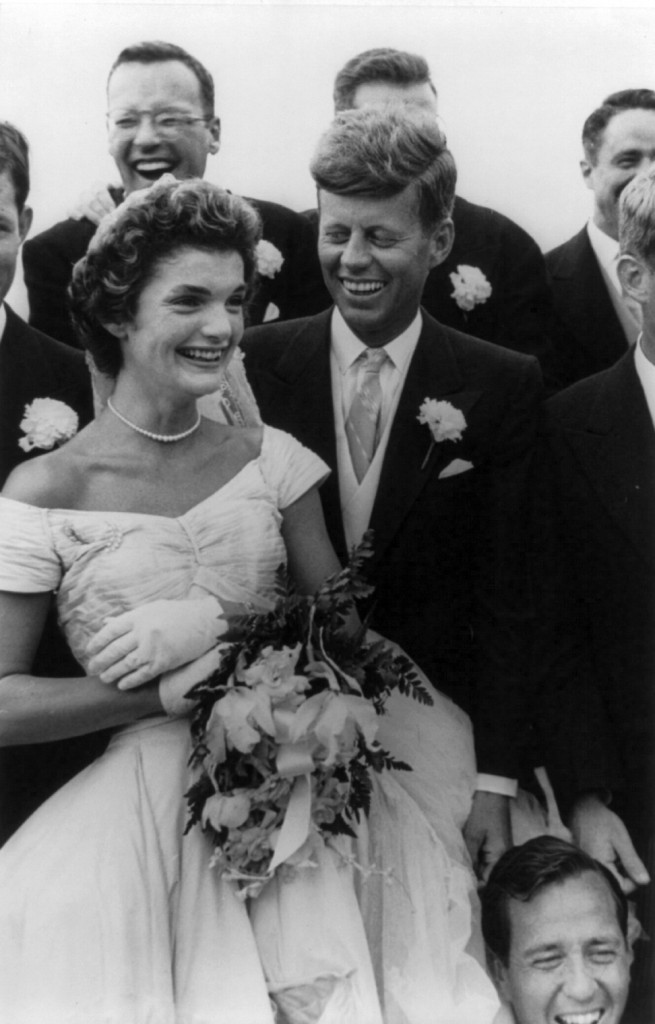Author: Ben Nussbaum
 In the aftermath of the assassination of her husband, President John F. Kennedy, Jackie Kennedy became a national focal point, a single person whose grief and grace seemed to sum up the entire tragedy.
In the aftermath of the assassination of her husband, President John F. Kennedy, Jackie Kennedy became a national focal point, a single person whose grief and grace seemed to sum up the entire tragedy.
The nation suddenly wanted to hold her in its collective arms. After her husband died, 800,000 people sent condolence cards to her at the White House.
But to the nation that watched her mourn, Jackie was also a mystery.
She grew up wealthy, cloistered, but also shaken by a tumultuous family life. Her father, Black Jack Bouvier, was a wealthy Wall Street stockbroker, a drinker, and a womanizer. Her parents divorced when she was 10. Jackie later moved with her mother and sister to the suburbs of Washington, D.C., when her mother remarried, this time to an heir to the Standard Oil fortune.
Jackie spent much of her childhood moving around the Atlantic Seaboard, spending time in New York City, Long Island, Rhode Island, and the D.C. suburbs. She spent two years of college at Vassar, one year in France, and then one year at George Washington in D.C, graduating in 1951. Two years after that Jackie was married to John Kennedy, then newly elected to the Senate. She was 24; he was 36.
The senator was handsome and charming, wealthy and a war hero. His wife was beautiful and sophisticated. By 1956 — just three years after their marriage — he would come close to being the Democratic Party’s vice-presidential nominee. Four years after that John and Jackie, with three-year old Caroline and infant John Jr., would move into the White House.
On Nov. 22, 1963, John Kennedy died instantly when a bullet tore through his brain. Jackie Kennedy cradled her dead husband’s body in her arms and stayed with the body through that day and night.
Forgotten now in the tragedy of her husband’s death and those of her son John Jr. (who died in a plane crash in 1999) and her brother-in-law Robert Kennedy (assassinated in 1968) is that Jackie suffered a miscarriage in 1955, gave birth to a stillborn daughter (Arabella) in 1956, and had just seen her two-day old son Patrick die in August of 1963, the victim of infant respiratory distress syndrome. She also was well aware of her husband’s affairs and had nursed him through several debilitating health crises, including a coma in 1954 following a surgery.
 So as the nation turned its gaze to Jackie Kennedy — a woman who had mostly stayed away from the media, a woman whose voice many Americans had never heard — her youthful face and delicate manner hid the fact that in many ways she was far older than her 34 years. With resolve she began constructing her husband’s legacy, guiding the plans for his funeral and prodding John Jr. to give his iconic salute as his dead father’s body rolled past. In fact, the term Camelot, so frequently used to describe the Kennedy years, is one that Jackie herself strongly suggested to Life magazine’s Theodore White, who first used the term in print to describe JFK’s brief presidency.
So as the nation turned its gaze to Jackie Kennedy — a woman who had mostly stayed away from the media, a woman whose voice many Americans had never heard — her youthful face and delicate manner hid the fact that in many ways she was far older than her 34 years. With resolve she began constructing her husband’s legacy, guiding the plans for his funeral and prodding John Jr. to give his iconic salute as his dead father’s body rolled past. In fact, the term Camelot, so frequently used to describe the Kennedy years, is one that Jackie herself strongly suggested to Life magazine’s Theodore White, who first used the term in print to describe JFK’s brief presidency.
Jackie went on to safeguard her husband’s legacy for another 30 years while also resisting the prison of forever being the grieving widow. Fifty years after her husband’s death, it’s worth remembering Jackie Kennedy as well. The woman in the ambulance with the stricken face.
Comment |

 Share on Facebook
Share on Facebook
 Tweet
Tweet
 Add My Story
Add My Story






